With the acceleration of social development, the use of hot-dip galvanized steel pipes has gradually increased. So how much do you know about hot-dip galvanized steel pipes? What are the classifications and production principles and process flow of hot-dip galvanized steel pipes? Today, I will take you into the world of hot-dip galvanized steel pipes to understand its secrets.
Hot-Dip Galvanizing (HDG) refers to hot-dip galvanizing, which involves immersing steel in high-temperature molten zinc to form a dense zinc-iron alloy layer and a pure zinc layer on the surface, significantly improving the steel's corrosion resistance, adhesion, and service life. It is widely used in building structures, bridges, guardrails, steel pipes, and transportation facilities, offering advantages such as uniform coverage, low cost, and minimal maintenance.
Overview of the Complete Process
The standard process for hot-dip galvanized steel pipe is as follows:
Workpiece → Degreasing → Water Washing → Pickling → Water Washing → Dipping into Solvent for Coating → Drying and Preheating → Hot-Dip Galvanizing → Finishing → Cooling → Passivation → Rinsing → Drying → Inspection
Each process is closely linked, and failure to control any one step can lead to coating defects (such as poor adhesion, zinc layer detachment, bubbles, or uneven roughness). The following steps provide a detailed explanation.
Detailed explanation of the key processes of hot-dip galvanized steel pipes
(1) Degreasing: Chemical degreasing or water-based metal degreasing cleaning agent can be used to degrease the workpiece until it is completely wetted by water.
(2) Pickling: H2SO4 15%, thiourea 0.1%, 40-60℃ or HCl 20%, hexamethylenetetramine 1-3g/L, 20-40℃ can be used for pickling. Adding corrosion inhibitors can prevent excessive corrosion of the substrate and reduce the amount of hydrogen absorbed by the iron substrate. Improper degreasing and pickling will result in poor adhesion of the coating, failure to plate zinc or zinc layer shedding.
(3) Immersion plating agent, also known as binding agent, can maintain a certain activity of the workpiece before immersion plating to enhance the bonding between the coating and the substrate. NH4Cl 15%-25%, ZnCl2 2.5%-3.5%, 55-65℃, 5-10min. Glycerol can be added appropriately to reduce the volatilization of NH4Cl.
(4) Drying and preheating. To prevent the workpiece from being deformed due to the rapid increase in temperature during immersion plating, and to remove residual moisture, and to prevent zinc explosion and splashing of the zinc liquid, the preheating temperature is generally 120-180℃.
(5) Hot-dip galvanizing. It is necessary to control the zinc liquid temperature, immersion time and the speed of removing the workpiece from the zinc liquid. If the temperature is too low, the zinc liquid will have poor fluidity, the coating will be thick and uneven, and it will easily sag, resulting in poor appearance quality. If the temperature is high, the zinc liquid will have good fluidity, and the zinc liquid will easily separate from the workpiece, reducing the occurrence of sag and wrinkling, and the adhesion will be strong, the coating will be thin, the appearance will be good, and the production efficiency will be high. Expand and continue to write a complete article in this style.
What are the international standards for hot-dip galvanizing?
International standards for hot-dip galvanizing include ISO 1461 (Specification and Test Methods for Hot-Dip Galvanized Coatings on Steel Products),
ASTM A123/A123M (Specification for Hot-Dip Galvanized Coatings on Iron and Steel Products), ASTM A153/A153M (Requirements for Hot-Dip Galvanizing of Fasteners and Small Steel Parts), and EN ISO 14713 (Guide for Hot-Dip Galvanizing of Steel Structures). These standards standardize the thickness, adhesion, appearance quality, corrosion resistance, and inspection methods of the zinc coating, ensuring reliable corrosion protection and service life of hot-dip galvanized steel in various environments.
Summary
Hot-dip galvanized steel pipe undergoes a rigorous process involving degreasing, pickling, fluxing, drying, hot-dip galvanizing, finishing, passivation, rinsing, and drying. This ensures a strong bond between the zinc layer and the steel substrate, resulting in high corrosion resistance, long service life, and excellent appearance. In modern construction and industrial engineering, hot-dip galvanized steel pipe has become an important choice for piping and structural steel due to its economical and reliable performance.






 English
English Español
Español بالعربية
بالعربية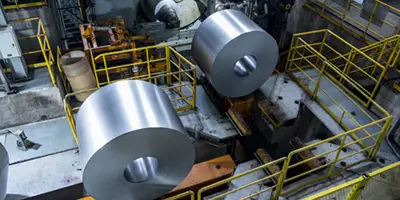

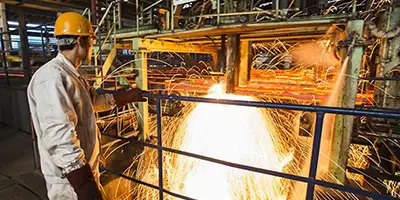
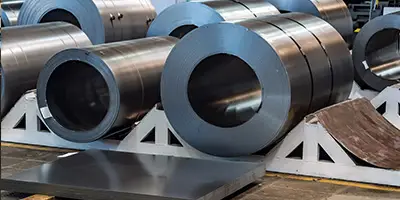

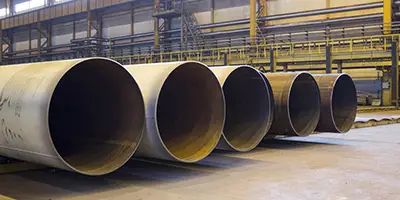

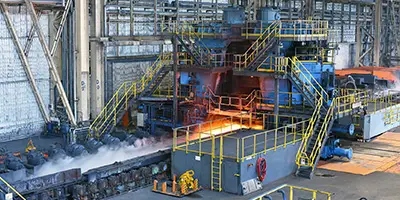
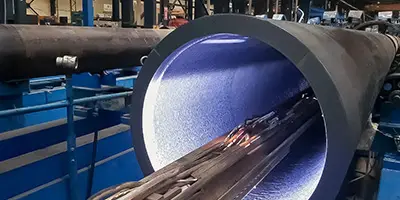
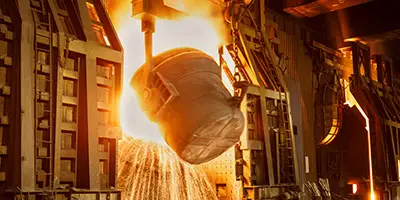

 Phone :
Phone :  Whatsapp :
Whatsapp :  Email :
Email : 


